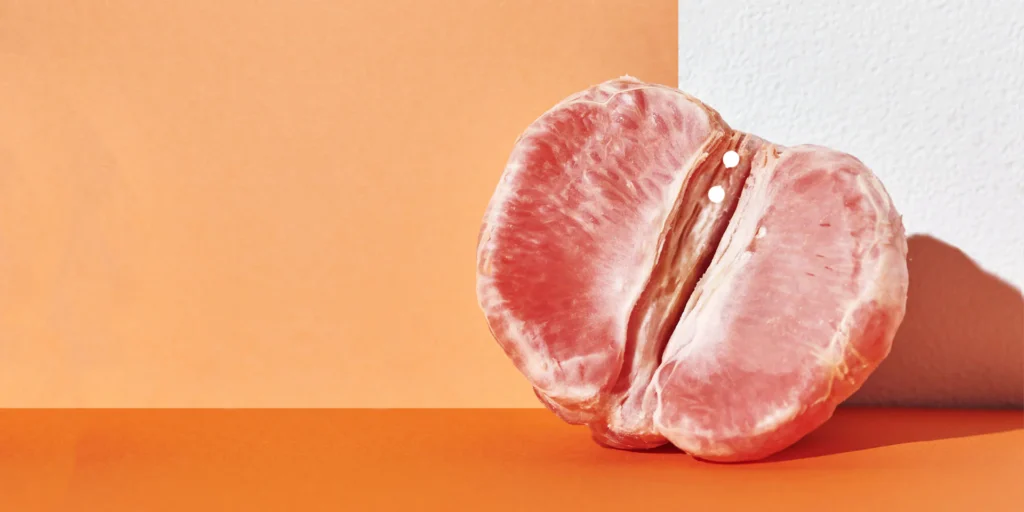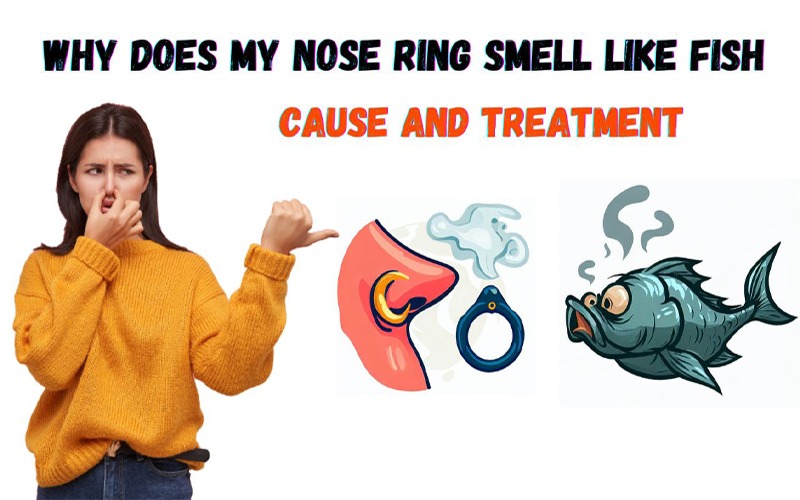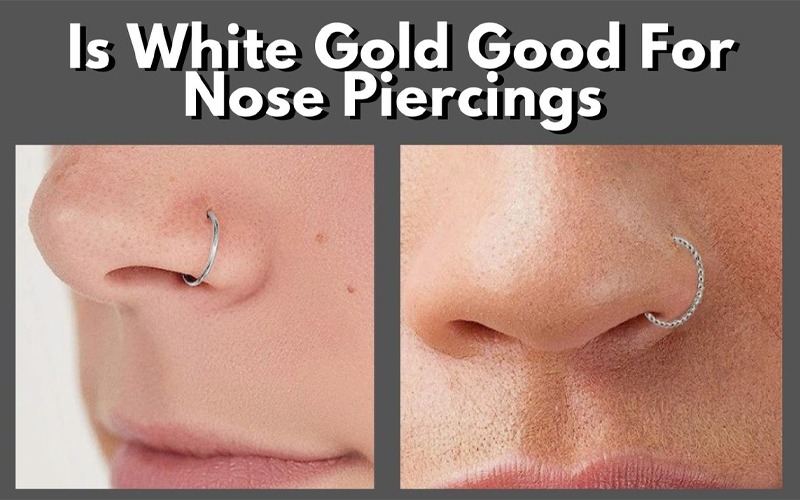VCH piercing is a type of female genital piercing that has become increasingly popular in recent years. VCH stands for vertical clitoral hood, and the piercing is placed vertically through the hood of skin that covers the clitoris. The purpose of a VCH piercing is to enhance sexual pleasure by increasing stimulation of the clitoris during sexual activity.
While VCH piercing is still considered a taboo topic by some, it has gained wider acceptance and understanding in recent years. Many women who have had the piercing report increased sexual pleasure and sensitivity, as well as a boost in confidence and body positivity. However, like any piercing, VCH piercing has its risks. It should only be done by a professional piercer with experience in genital piercings.
VCH Piercing Overview
Definition and Popularity
VCH piercing stands for Vertical Clitoral Hood piercing. It is a type of female genital piercing that involves piercing the clitoral hood vertically. This piercing is one of the most popular female genital piercings due to its ease of healing and increased sexual stimulation.
VCH piercing has gained popularity over the years due to the increased awareness of female genital piercings and their benefits. It is also considered a discreet piercing as it is not visible when wearing clothes.
Anatomy and Placement
The clitoral hood is a fold of skin that covers the clitoris. The VCH piercing is placed vertically through the clitoral hood, above the clitoris. The piercing should be done by a professional piercer who has experience with female genital piercings.
The placement of the VCH piercing is crucial to ensure maximum stimulation during sexual activities. It is important to note that the piercing should not be placed directly on the clitoris as it can cause discomfort during sexual activities.
Preparation for VCH Piercing
Choosing the Right Piercer
When considering a VCH piercing, it is important to choose a reputable and experienced piercer. Look for a piercer who is licensed, has a clean and sterile workspace, and follows proper safety protocols. It is also recommended to read reviews and ask for recommendations from friends or online communities.
During the consultation with the piercer, make sure to ask about their experience with VCH piercings and their technique. A good piercer will be knowledgeable and confident in their abilities, and will be able to answer any questions or concerns you may have.
Pre-Piercing Considerations
Before getting a VCH piercing, there are a few things to consider. Firstly, make sure that you are in good health and not experiencing any infections or illnesses. If you are taking any medications, it is recommended to consult with your doctor beforehand.
It is also important to consider the timing of the piercing. Avoid scheduling the piercing during your menstrual cycle, as this can increase the risk of infection and discomfort. Additionally, you should avoid sexual activity for at least a week before and after the piercing to allow for proper healing.
Finally, make sure to follow the aftercare instructions provided by the piercer. The piercer will provide instructions on how to clean the area and what products to use. It is important to follow these instructions closely to avoid any complications or infections.
The Piercing Process
Procedure Steps
The VCH piercing, also known as the vertical clitoral hood piercing, is a female genital piercing that involves the clitoral hood. The procedure is typically performed by a professional piercer in a sterile environment.
Before the piercing, the piercer will provide the client with aftercare instructions and answer any questions they may have. The client will then be asked to lie down on a table, and the piercer will clean the area with an antiseptic solution.
The piercer will then mark the area where the piercing will be placed and use a needle to create a small hole. A piece of jewelry, typically a curved barbell, will then be inserted into the hole and secured in place.
Pain and Sensation
The pain and sensation experienced during a VCH piercing can vary from person to person. Some clients report feeling a sharp pinch during the piercing, while others describe it as a dull ache.
After the piercing, it is common to experience some pain, swelling, and tenderness in the area. It is important to follow the aftercare instructions provided by the piercer to ensure proper healing and minimize discomfort.
Aftercare and Healing
Immediate Aftercare
After getting a VCH piercing, it is crucial to follow proper aftercare instructions to ensure proper healing and prevent infection. The piercer will provide detailed instructions, but here are some general guidelines to follow:
- Keep the area clean: Use a saline solution or mild soap and water to clean the piercing twice a day. Avoid using harsh chemicals or alcohol-based products.
- Avoid touching the piercing: Do not touch the piercing with dirty hands or let others touch it. This can introduce bacteria and cause infection.
- Wear loose clothing: Tight clothing can irritate the piercing and slow down the healing process. Opt for loose clothing that won’t rub against the piercing.
- Avoid swimming: Avoid swimming in pools, hot tubs, or natural bodies of water until the piercing is fully healed. These environments can introduce bacteria and cause infection.
Long-Term Care and Maintenance
After the initial healing period, it is important to continue caring for the piercing to prevent infection and maintain its appearance. Here are some tips for long-term care and maintenance:
- Clean regularly: Continue to clean the piercing with saline solution or mild soap and water twice a day. This will help prevent infection and keep the piercing looking clean.
- Avoid harsh chemicals: Avoid using harsh chemicals or alcohol-based products on the piercing. These can irritate the skin and slow down the healing process.
- Use a barrier during sex: During sexual activity, use a barrier such as a condom to prevent bodily fluids from coming into contact with the piercing. This will help prevent infection and irritation.
- Be gentle: Avoid pulling or tugging on the jewelry, as this can cause irritation and slow down the healing process. If the jewelry becomes loose or falls out, visit a piercer to have it replaced.
Risks and Complications
Common Risks
Like any other piercing, a VCH piercing has risks and complications that should be considered before getting the piercing. Some of the common risks associated with VCH piercing include:
- Bleeding: Bleeding is common during and after the piercing procedure. However, excessive bleeding may occur if the piercing is not done correctly.
- Pain: Pain is normal after getting a VCH piercing. However, if the pain persists or becomes severe, it may be a sign of infection or other complications.
- Swelling: Swelling is common after getting a VCH piercing. However, excessive swelling may occur if the piercing is not done correctly.
- Migration and Rejection: VCH piercing may migrate or reject if the jewelry is not inserted correctly or if the body rejects the jewelry.
- Nerve Damage: VCH piercing may cause nerve damage if the piercing is not done correctly.
Infection Prevention
Infection is one of the most common complications associated with VCH piercing. To prevent infection, it is important to follow proper aftercare instructions, which may include:
- Cleaning the piercing site with saline solution or a gentle, fragrance-free soap.
- Avoiding touching the piercing site with dirty hands.
- Avoiding swimming or soaking in hot tubs until the piercing is fully healed.
- Avoiding sexual activity until the piercing is fully healed.
- Using condoms during sexual activity to prevent the spread of infection.
- Avoiding tight clothing or underwear that may irritate the piercing site.
Jewelry Options
When it comes to VCH piercing, choosing the right jewelry is crucial for both comfort and aesthetic appeal. There are a variety of jewelry options available, including different materials, sizes, and styles.
Initial Jewelry Selection
For the initial jewelry selection, it is recommended to choose a piece that is made of high-quality, non-reactive material such as surgical steel, titanium, or 14k gold. The jewelry should be small in size, with a gauge of 14 or 16. A curved barbell or a captive bead ring is often the preferred choice for initial jewelry.
It is important to choose jewelry that fits snugly but not too tight, as this can cause discomfort and irritation. The piercer will be able to help with the initial jewelry selection and ensure that the piece is properly fitted.
Changing and Customizing Jewelry
After the initial healing period, which typically lasts 4-6 weeks, the jewelry can be changed or customized. It is important to choose jewelry that is the same gauge as the initial jewelry to avoid irritation or stretching.
There are many options for changing and customizing VCH jewelry, including different styles of barbells and rings, as well as decorative options such as gems or dangles. It is recommended to consult with a professional piercer when choosing and changing VCH jewelry, as they can provide expert advice and ensure that the jewelry is properly fitted and comfortable.
Impact on Lifestyle
Physical Activities
Getting a VCH piercing may affect your ability to participate in certain physical activities for a short period of time after the piercing. Activities such as swimming, hot tubs, and contact sports should be avoided for at least a few weeks to allow for proper healing. It is important to avoid any activity that may cause trauma or irritation to the piercing site during the healing process.
Sexual Considerations
A VCH piercing can enhance sexual pleasure for some individuals, but it is important to take certain precautions during sexual activities to prevent infection or injury. It is recommended to wait at least 4-6 weeks before engaging in sexual activities to allow for proper healing. The use of condoms and water-based lubricants can help reduce the risk of infection and irritation. It is also important to communicate with sexual partners about the piercing and any discomfort or sensitivity that may arise during sexual activities.
Is the VCH piercing procedure considered painful?
The level of pain experienced during a VCH piercing can vary from person to person. However, the procedure is typically quick. Most people report only mild discomfort.
Choose an experienced piercer who can make the process as comfortable as possible.
Can a VCH piercing enhance sexual sensation?
Many people report increased sexual sensation and pleasure after getting a VCH piercing. However, it is important to wait until the piercing is fully healed before engaging in sexual activity.





